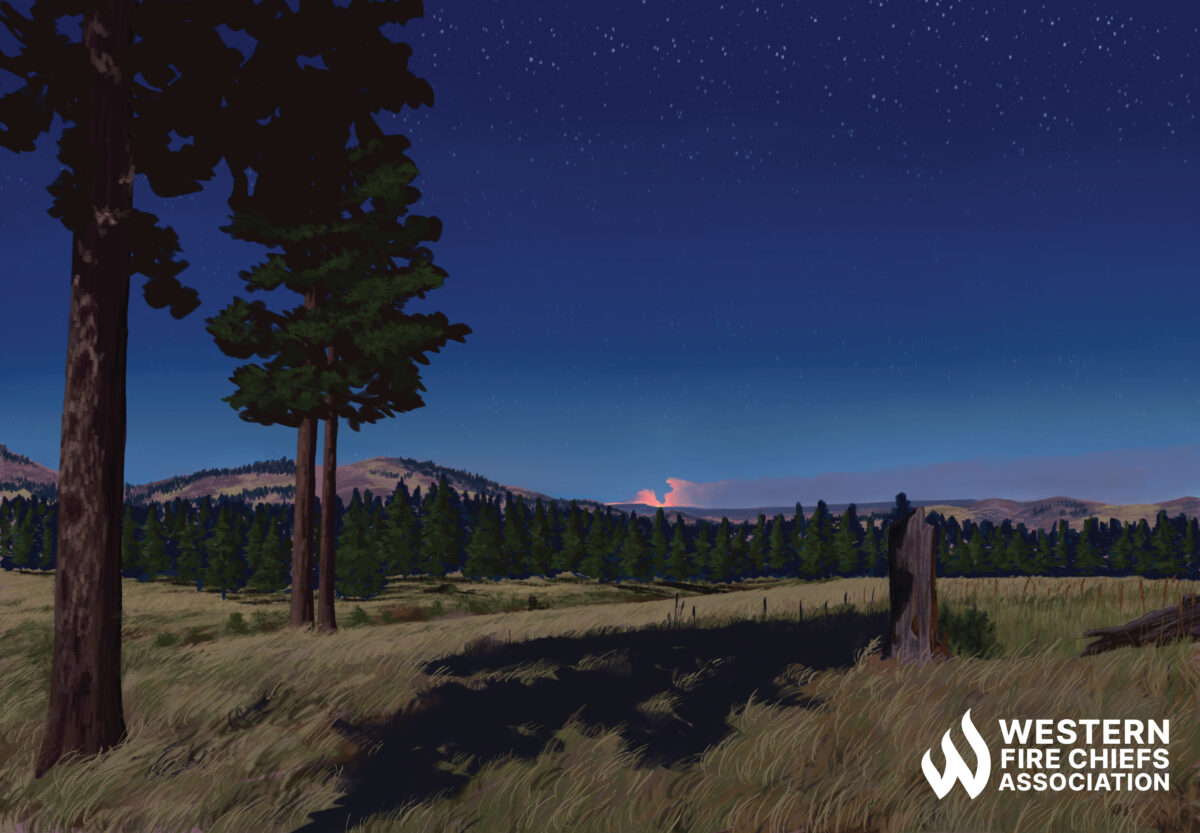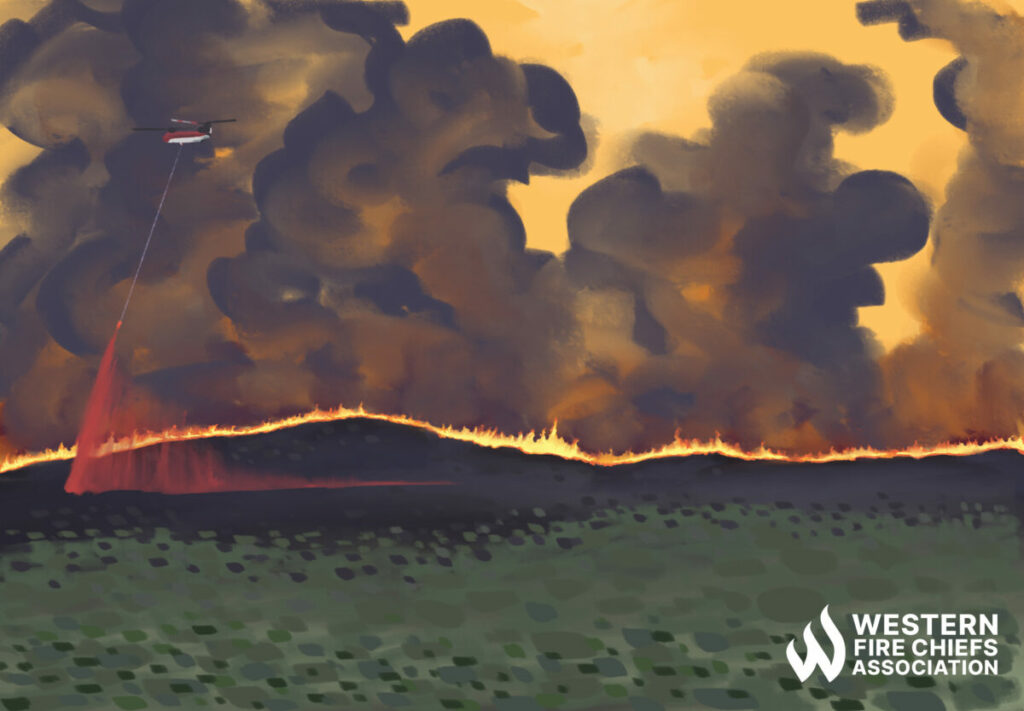Fire Pit Safety Tips
Stay safe around the campfire with tips from the Western Fire Chiefs Association. Learn essential precautions and practices for a worry-free outdoor campfire.
Find out why wildfires are getting worse and more severe, and the impact it has on the environment from the Western Fire Chiefs Association (WFCA).
Published:October 11, 2022
Edited:March 4, 2024

Find out why wildfires are getting worse and more severe, and the impact it has on the environment from the Western Fire Chiefs Association (WFCA).
As wildfires continue to make headlines, it is hard to ignore their increasing frequency and severity. Periods of extended drought and longer heatwaves caused by climate change are increasing the number of wildfires happening across the US, particularly in western states like California.
It is no secret that climate change is a key contributing factor to the worsening effects of wildfires in recent decades. According to the US Global Change Research Program, climate change has already led to an increase in wildfire season length, wildfire frequency, and greater extent of burned areas.1
Severe heatwaves seen in the past decade have led to some of the worst wildfires experienced in history. Average summer temperatures in California alone have risen by approximately 3 degrees Fahrenheit in the past century.2 Rising temperatures cause more moisture to evaporate from the earth, drying out the soil and making it more vulnerable to wildfire.
Between 2000-2021 was the driest 21-year period in the Southwest US in modern history. These extended periods of drought mean wildfire season lasts much longer and increases the size and severity of fires when they do occur.
Extended periods of little to no rainfall result in drier soils and vegetation, which not only increase the chance of wildfires starting but makes them burn at higher temperatures and for longer periods of time. This is because dry soil and vegetation act as fuel for the fire.
During the past half-century, wildfires in the US have shifted in nature, with climate change commonly cited as the key cause. According to the EPA, the total area burned by wildfires has steadily increased since the 1980s. The severity of wildfire damage has also increased. Of the total area burned each year from 1984 to 2020, the proportion of burned land suffering severe damage has ranged from 5 to 23 percent.3 The timing of wildfire season has also changed in recent years with the season happening earlier and earlier. Between 1984-2001, the wildfire season peaked in August, whereas more recently the seasons peaked in July.3
Earlier this year, the United Nations forecasted a global increase of extreme fires of up to 30 percent by the end of 2050, and 50 percent by the end of the century.4

California is a prime example of the impact that climate change is having on wildfires. As temperatures rise, it creates longer, drier seasons which culminate in more severe and frequent wildfires that are increasingly difficult to manage.
While climate change is causing fire season to begin earlier, it is also contributing to the season continuing late into the fall and winter months. This is because warmer temperatures and prolonged drought leave vegetation and soil drier, making the state vulnerable to fires throughout the year.
These conditions make wildfires in California harder to fight. Eight of the state’s ten largest fires on record—and twelve of the top twenty—have happened within the past five years. In 2020 alone, five of California’s top 20 biggest wildfires occurred.5
Minimizing our reliance on fossil fuels is key in the fight to reduce wildfire devastation in the US and all over the world. Countries are now committing to increasingly ambitious climate action targets in their efforts to slow down the effects of global warming. As individuals, we can also do our part to live in a more environmentally conscientious way.
Even if climate targets are met, the reality is that wildfires will still occur. Therefore, it is important to continue strengthening our defense systems to protect the natural and built environment against severe damage. This includes tightening building regulations to encourage construction using fire-resistant materials, regional forest and fire services implementing fire management and rehabilitation processes, and providing information to communities on wildfire safety, including defensible spaces and evacuation processes.
Stay safe around the campfire with tips from the Western Fire Chiefs Association. Learn essential precautions and practices for a worry-free outdoor campfire.
Discover essential firework safety tips to ensure a dazzling display without accidents. Learn how to celebrate responsibly with expert guidance from WFCA.
Explore the role of AI in wildfire prediction with guidance from the WFCA. Learn how advanced algorithms and data analytics enhance early detection and response.